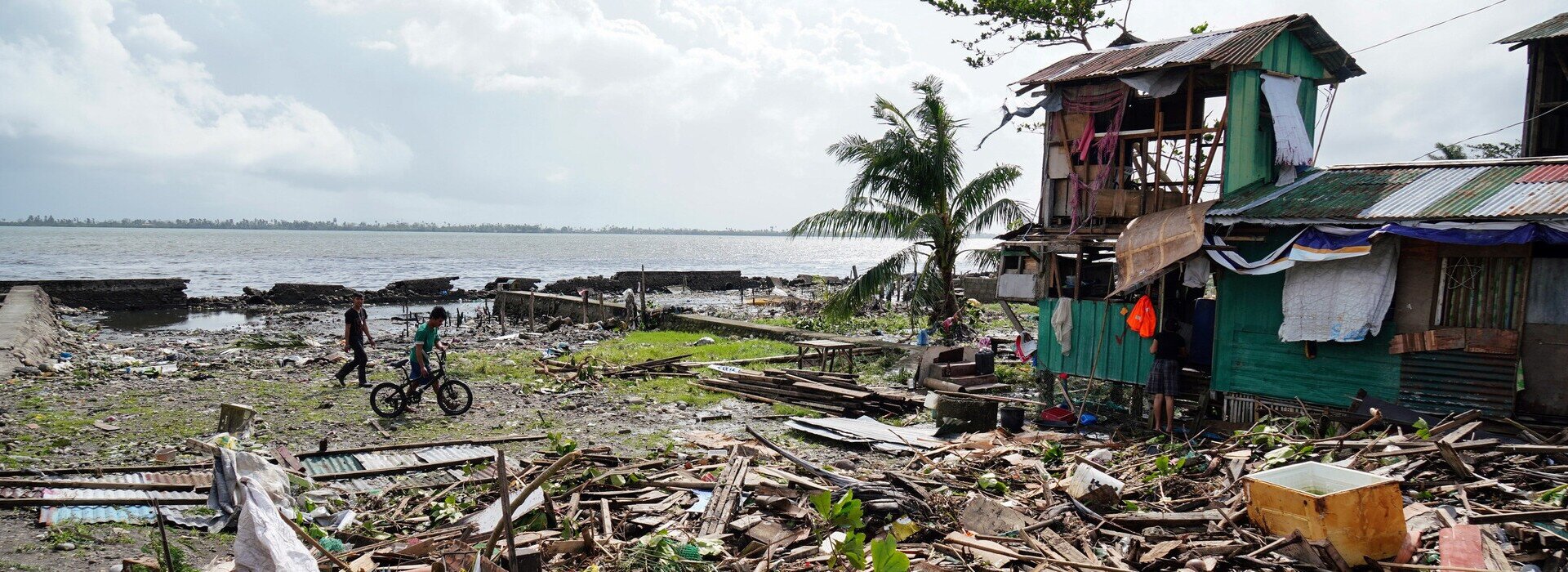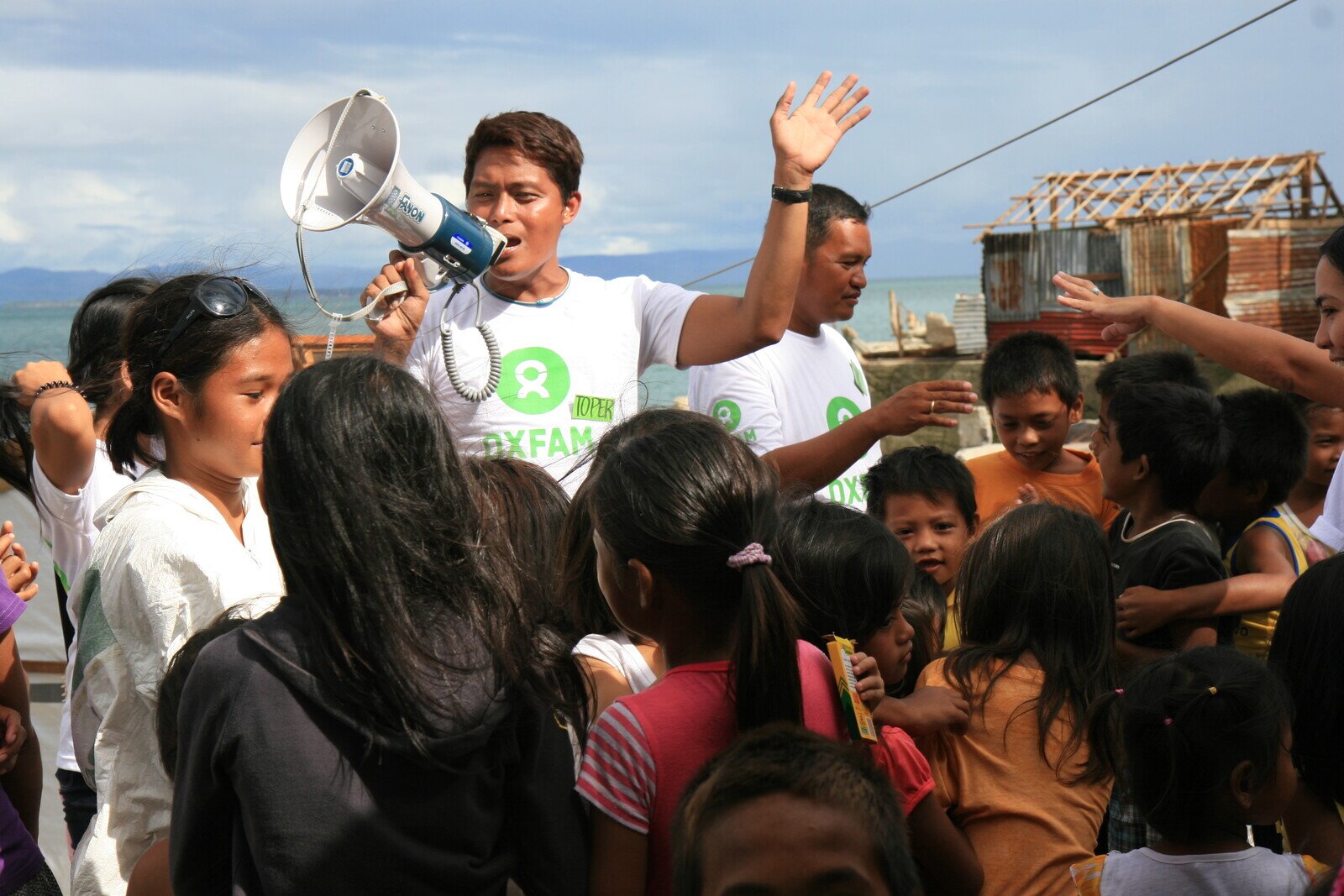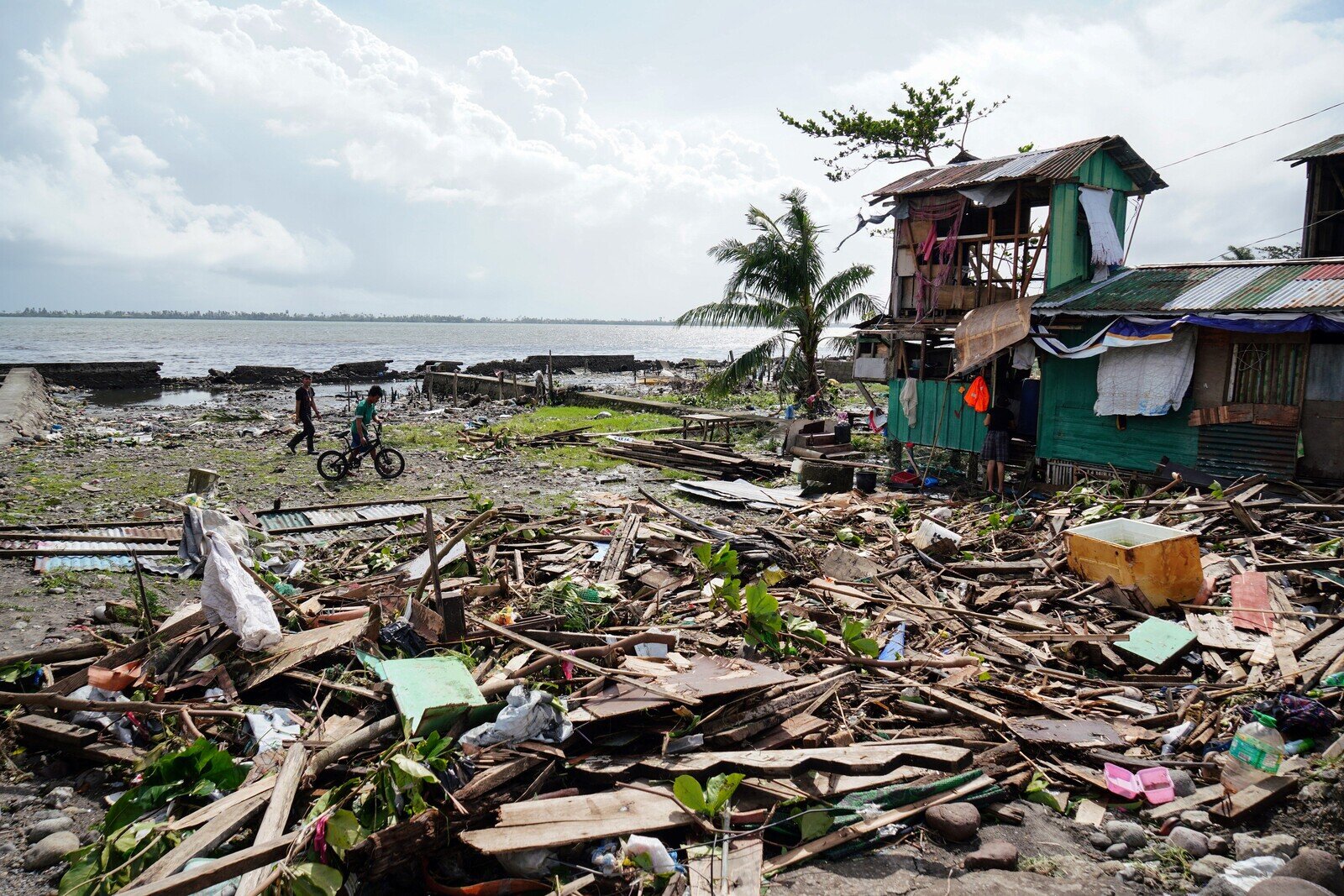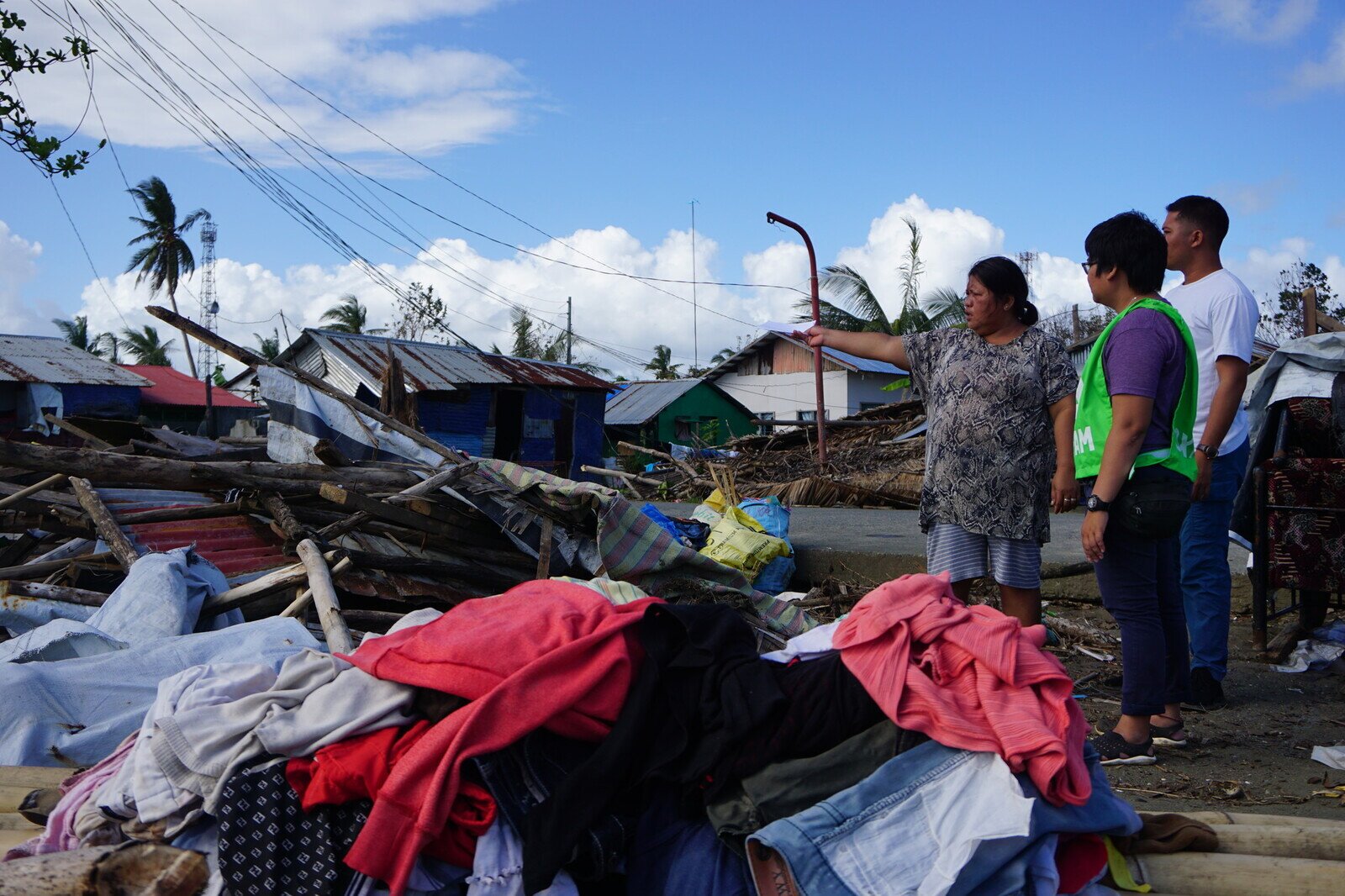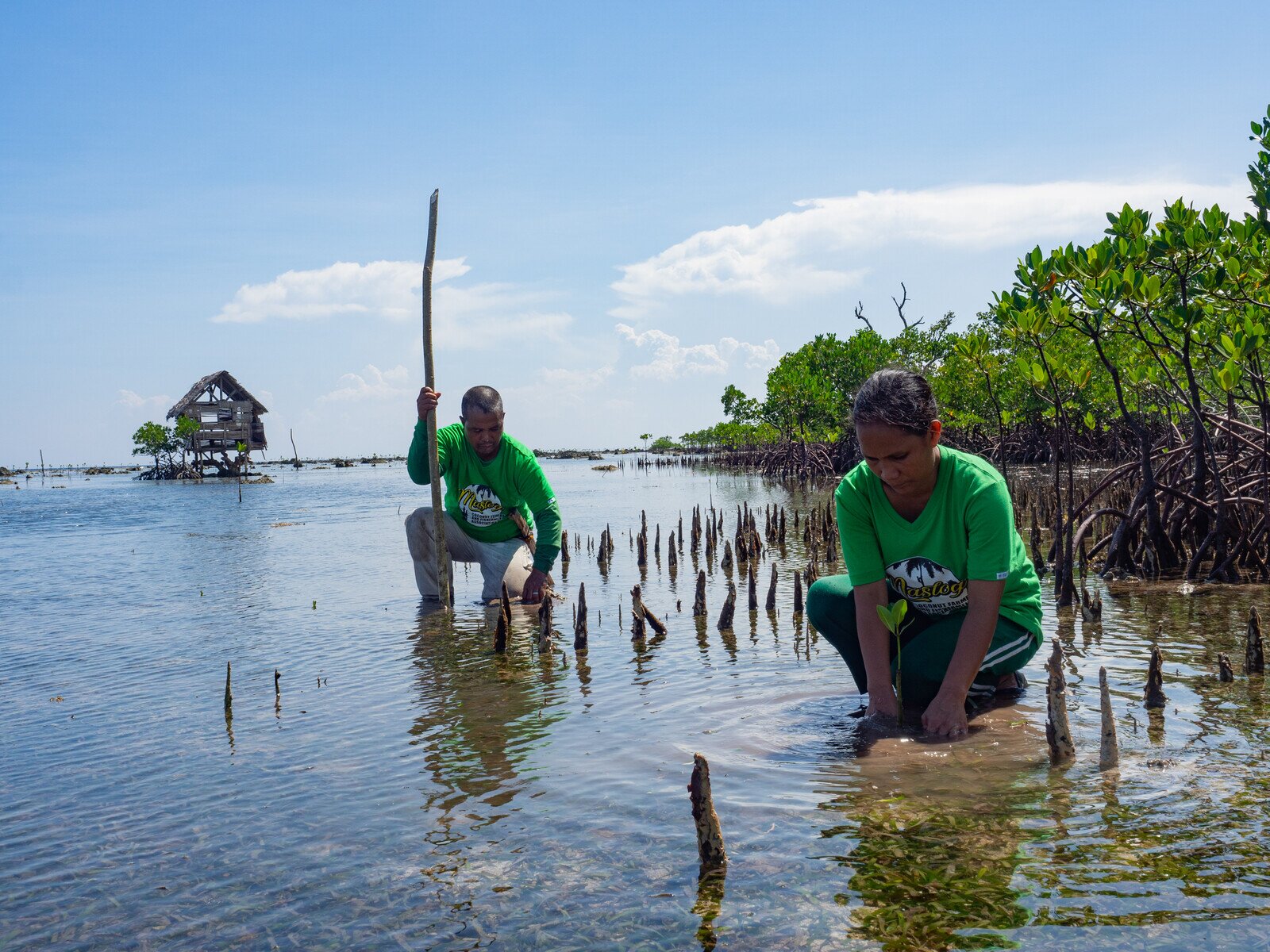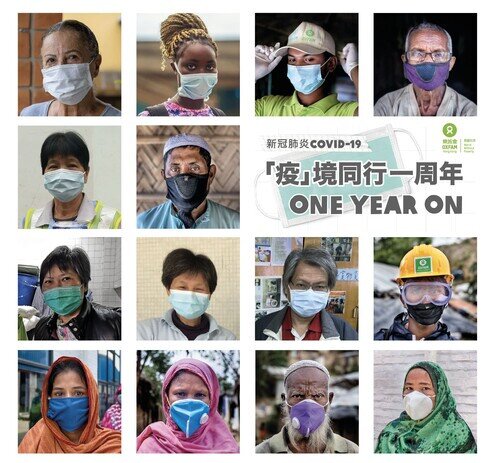Residents walk past a house damaged during Typhoon Phanfone in Tacloban, Leyte province in the central Philippines on 25 December 2019. Typhoon Phanfone pummelled the central Philippines on Christmas Day, bringing a wet and miserable holiday season to millions in the mainly Catholic nation. (Photo: Bobbie Alota / AFP)
Updated on 13 February 2020
The Situation
Tropical Storm Phanfone (local name: Ursula) barrelled into the central Philippines on Christmas Day in 2019, claiming the lives of over 50 and devastating the lives of about 1.9 million people. Over 260,000 buildings were damaged or destroyed; it also caused flooding and knocked out power lines and mobile services. Nearly 110,000 people were forced to spend their Christmas and New Year in evacuation centres. A state of calamity has been declared in the provinces of Leyte, Capiz, Aklan and Occidental Mindoro and two municipalities in Cebu; Medellin and Daanbantayan.
Typhoon Phanfone is the 21st typhoon to hit the Philippines this year and many are still struggling to get communications up and running again in the wake of Typhoon Kammuri, which hit earlier in December.
Oxfam’s Immediate Response
Oxfam and our partners conducted a rapid assessment between 26 and 29 December 2019 in seven towns and one city in Eastern Samar. Most of the affected families are underprivileged and vulnerable fishers, farmers and informal workers. The typhoon destroyed their source of income and has left many with little for their daily sustenance, and little to cope with the damage done to their houses and livelihoods.
Based on the rapid assessments we conducted with our partners, our relief efforts will focus on several priorities, including:
- Shelter (distribution of emergency shelters materials, sleeping kits and solar lamps);
- Water, sanitation and hygiene (distribution of clean water, storage tanks and disinfectant, reparation and construction of water points and gender appropriate communal latrines, distribution of hygiene kits);
- Hygiene promotion activities to prevent the spread of diseases;
- Food security and vulnerable livelihoods (food assistance and replacement or strengthening of lost or damaged livelihoods through both cash and in-kind support); and
- Gender and protection (comprehensive gender analysis to identify and prioritise the needs of women and girls, and prevent gender-based violence in evacuation centres and communities)
In this disaster, Oxfam Hong Kong received HK$1.522 million in funding from the Hong Kong SAR’s Disaster Relief Fund on 12 February 2020 to purchase supplies and reach more than 2,000 typhoon affected families in in four badly hit municipalities in Eastern Samar of the Philippines.
The grant will ensure each targeted family will receive a household kit and a hygiene kit, which includes mosquito nets, bed sheets, a solar powered lantern, household water filter, personal hygiene items such as soap, toothbrushes, toothpaste, etc.
The Disaster Relief Fund requires that this fund be used for this specific disaster, in accordance with the funding application submitted by Oxfam Hong Kong and approved by the Disaster Relief Fund. After the completion of our relief work, we will carry out an evaluation, and submit an evaluation and financial report (including an external audit report) to the Disaster Relief Fund.
Oxfam Relief Provided to Families Affected by Typhoon Haiyan in 2013
Though Typhoon Phanfone was much weaker than Typhoon Haiyan in 2013, it followed a similar path and affected the same communities. Typhoon Haiyan was one of the most destructive disasters in the history of the Philippines, claiming the lives of over 7,300. In total, over 14 million people were affected, and more than 4 million people were forced from their homes.
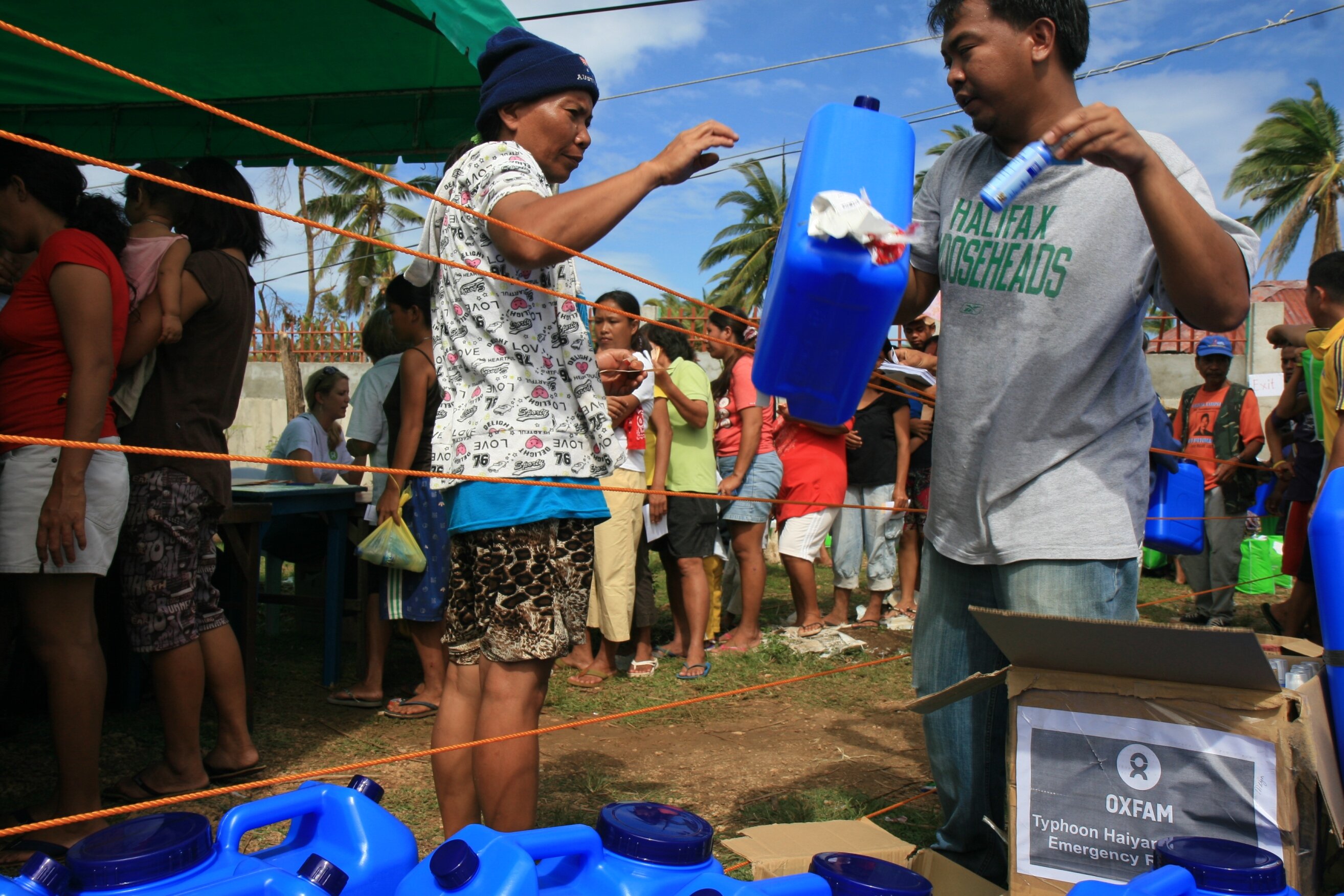
In 2013, Oxfam distributed hygiene and water purification kits to over 700 families affected by Typhoon Haiyan in the coastal region of Daanbantayan over two days.
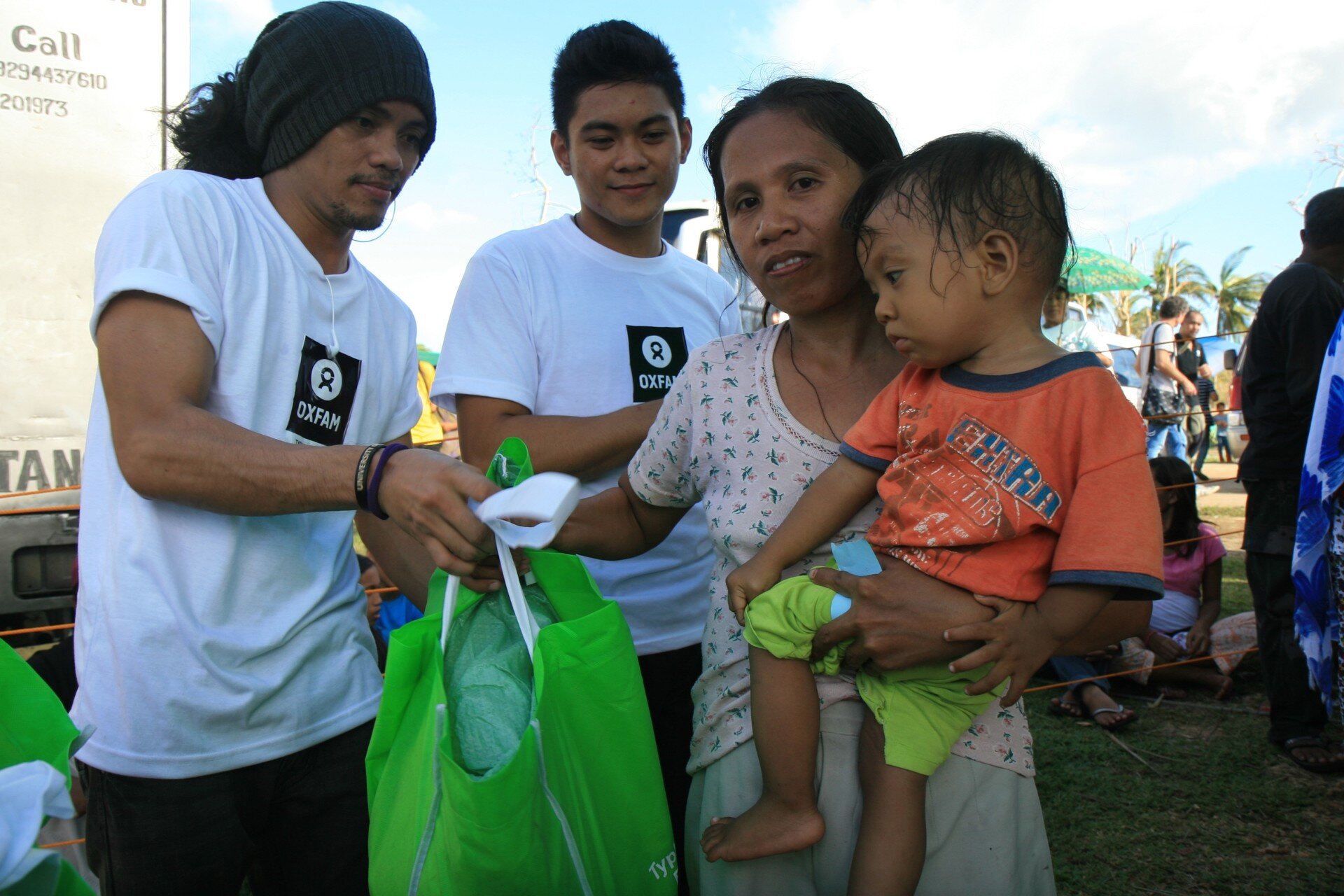
Dolor Moralde receiving a hygiene kit from Oxfam. The hygiene kit contains soap, a blanket, clean underwear and toothbrushes.
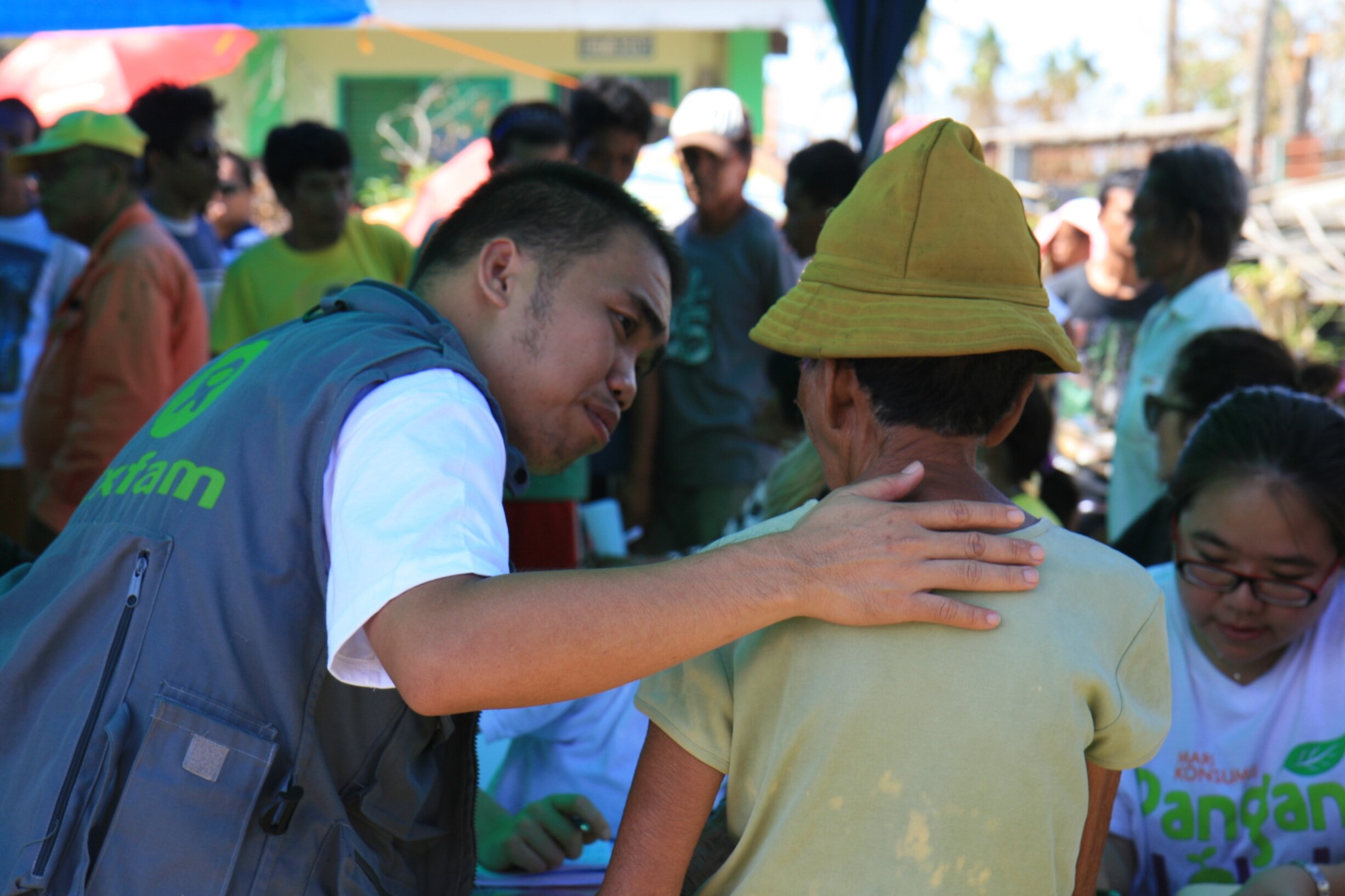
Oxfam staff offering support and reassurance to recipients during the distribution of hygiene items in northern Cebu in 2013.
Oxfam provided humanitarian support to more than 700,000 people after Typhoon Haiyan hit in 2013. We operated from four bases across Leyte, Eastern Samar and North Cebu. Apart from life-saving assistance, such as clean water, toilets, hygiene kits, tarpaulins and cash to buy food and other essentials, we also worked with people to rebuild their communities and livelihoods. For instance, we:
- Provided over 200,000 people with either cash grants or cash in return for work such as clearing debris, draining ditches or removing rubbish;
- Worked with communities to clear land so farmers can replant crops and earn an income;
- Distributed rice seeds to 7,700 farmers so families can earn a living and help prevent a serious rice shortage;
- Worked with fishing communities get back to sea and restart seaweed farms; and
- Have continued to influence government policy on rebuilding and resettlement projects
Features on Oxfam’s humanitarian response in Typhoon Haiyan: Philippines typhoon: In search of safe water to drink; Getting back and moving on after Typhoon Haiyan; Philippines Typhoon Survivors 'Rise Up' in the True Christmas Spirit
Oxfam’s Disaster Risk Reduction Programmes in the Vulnerable Communities in the Philippines
According to the Oxfam’s briefing paper Forced from Home released in December 2019, over half out of the ten countries with the highest rates of displacement from extreme weather disasters between 2008 and 2018 are developing island states in the Pacific Ocean; the Philippines is one of them. In the past years, Oxfam and partners have been helping coastal communities that are most vulnerable to disaster to plant mangroves, which act as a buffer between land and sea, absorbing floodwaters from the land and storm surges from the sea.
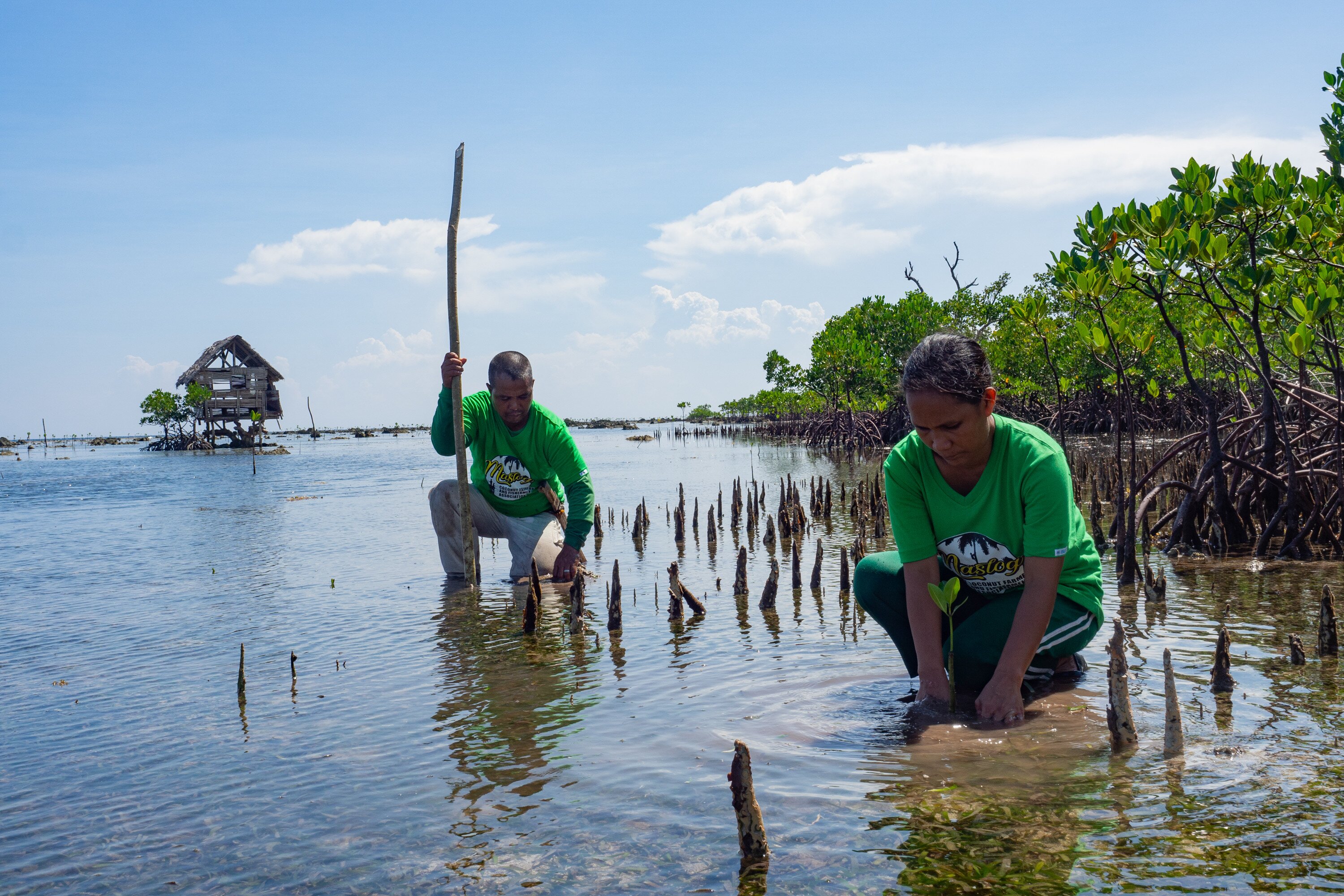
Members of the Maslog Coconut Farmer and Fishermen Association, a local fisherfolk organisation in Lawaan (in the province of Eastern Samar), planting mangrove saplings to restore a mangrove forest that was damaged by Super Typhoon Haiyan in 2013. Together with the support of Oxfam and our local partner, the association has planted more than 20,000 mangrove seedlings since 2015. (Photo: Elizabeth Stevens / Oxfam)
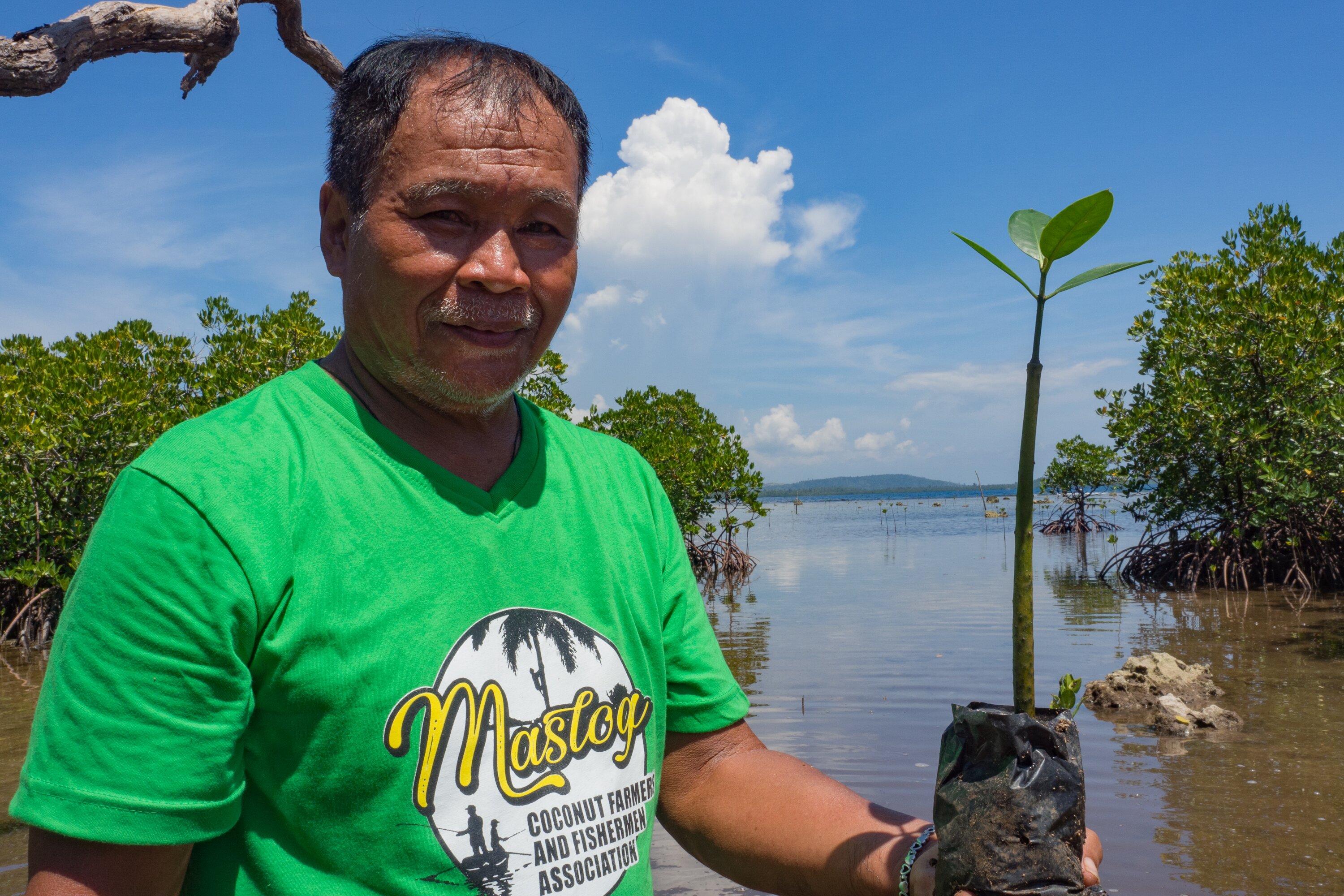
Pedro Calumpiano, President of the Maslog Coconut Farmer and Fishermen Association, holding a mangrove sapling grown in the organization’s nursery. ‘As time goes by, climate change will worsen, and those who will be most affected are our children.’ (Photo: Elizabeth Stevens / Oxfam)
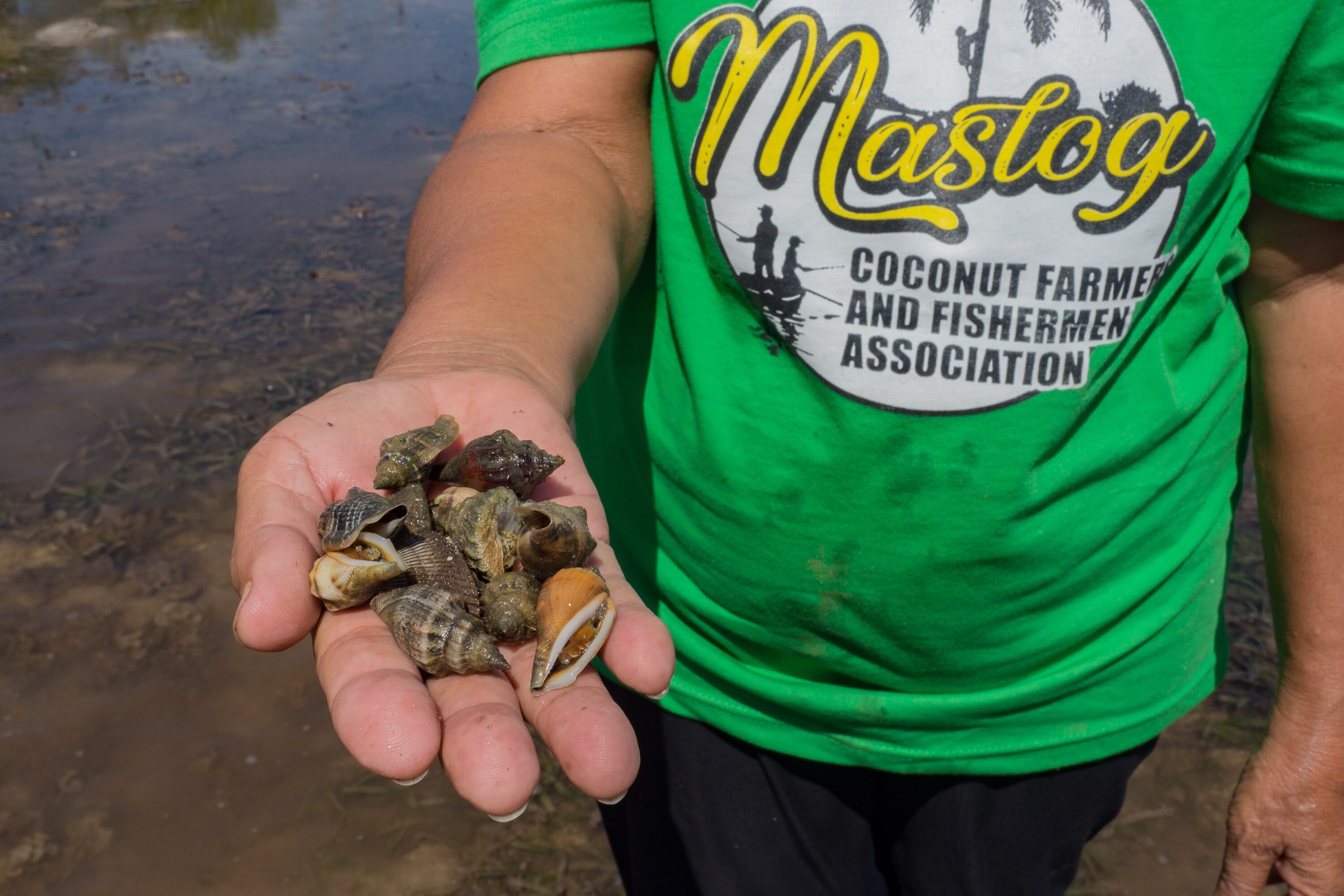
‘Mangroves are very important. They provide a place for fish and crabs to spawn, and they give humans protection during cyclones,’ Pedro Calumpiano said. (Photo: Elizabeth Stevens / Oxfam)

